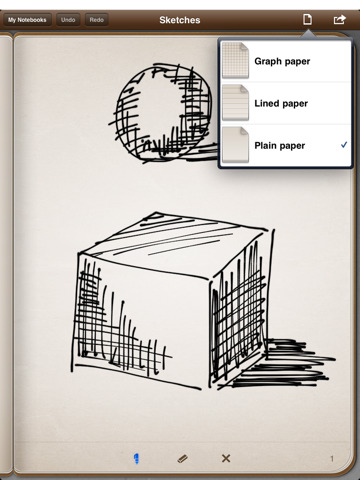 |
| Photo courtesy of Dr. David Franzi, Center for Earth and Environmental Science, Plattsburgh State University |
The Flat Rocks State Forest, known to the locals as "Flat Rocks", is a 371 acre New York State Department of Conservation State Forest located in Northeastern New York in the town of Altona. Like many ecologically sensitive areas, its abioitc and biotic exist in a delicate balance. Because of the nearness of these elements within "Flat Rocks" it is defined both in the general abiotic sense as a sandstone pavement barren and in a more specific biotic sense as a jack pine barren. Regardless of its broad or narrow definition, it is considered a globally rare phenomenon.
SANDSTONE PAVEMENT BARREN
In Northeastern New York, the sandstone pavement pine barrens are "island ecosystems amidst the larger matrix of northern hardwood and mixed hardwood-conifer forests in the Champlain Lowland" (1). Sandstone pavement barrens are described "as open-canopy woodlands on very shallow soils over nearly level sandstone bedrock"(1).
In Northeastern New York, the sandstone pavement pine barrens are "island ecosystems amidst the larger matrix of northern hardwood and mixed hardwood-conifer forests in the Champlain Lowland" (1). Sandstone pavement barrens are described "as open-canopy woodlands on very shallow soils over nearly level sandstone bedrock"(1).
As a marginal ecosystem, this area lives in a precarious balance with the climate an hydrology and is quite vulnerable to externalities either natural or man-made (1).
"Flat Rocks" was created from the erosion caused by the melting glaciers over 10,000 years ago. Massive flooding scoured the earth and stacked immense boulders in this area leaving behind a nutrient poor area. Jack pine (Pinus banksiana) thrives in just those conditions, and subsequently "Flat Rocks" is considered one of the largest jack pine barrens in the Northeast.
JACK PINE BARREN
"Flat Rocks" represents nearly the lowest point south that jack pine can be found in its natural habitat. "Jack pine is a relatively short-lived (<150 years), shade-intolerant, boreal species that maintains communities on the sandstone pavements because of its adaptations to fire and ability to survive in an area with thin (or absent), nutrient-poor soils and low seasonal water availability" (1).
The barrens are defined by low density stands of jack pine with very little understory consisting primarily of:
Low blueberry (Vaccinium angustifolium)
Black huckleberry (Gaylussacia baccata)
Black chokeberry (Pyrus melanocarpa)
Sweetfern (Comptonia peregrina), and sheep laurel (Kalmia angustifolia). Three species of lichen comprise most of the ground cover (Cladonia uncialis, Cladina rangiferina, and Cladina mitis). Other ground cover plants include haircap moss (Polytrichum commune), bracken fern (Pteridium aquilinum), and Sphagnum spp.
Black huckleberry (Gaylussacia baccata)
Black chokeberry (Pyrus melanocarpa)
Sweetfern (Comptonia peregrina), and sheep laurel (Kalmia angustifolia). Three species of lichen comprise most of the ground cover (Cladonia uncialis, Cladina rangiferina, and Cladina mitis). Other ground cover plants include haircap moss (Polytrichum commune), bracken fern (Pteridium aquilinum), and Sphagnum spp.
CONSERVATION
As you can imagine, like much of the northeast, this place is most spectacular when viewed in the fall.
As you can imagine, like much of the northeast, this place is most spectacular when viewed in the fall.
MANAGEMENT PLAN
The NYS DEC is conducting an effort to Prepare a Management Plan for State Lands in Clinton County. Unfortunately the public presentation is over, but any interested individual or organization wanting to be included on a mailing list for information about the development of the unit management plan or wishing to submit comments is encouraged by the DEC to contact: Forester Dan Levy by mail at NYSDEC, PO Box 296, Ray Brook, New York 12977-0296; by phone at 518-897-1291 or by e-mailing the region.
Works Cited:
2. NYNHP Conservation Guide - Sandstone Pavement Barren http://www.acris.nynhp.org/report.php?id=9959
3. Krill, Allison; Newell, Collete; O'Neil, Maggie; Phommala, Orathai; Adams, Kenneth (Faculty); 2004. Plant Community Succession Following Disturbances in a Pine Barren and Adjacent Hardwood Forest, Plattsburgh State University of New York. http://research.plattsburgh.edu/ejournal/ejournal/Volume1/krilletalvol1p1to16.pdf




















